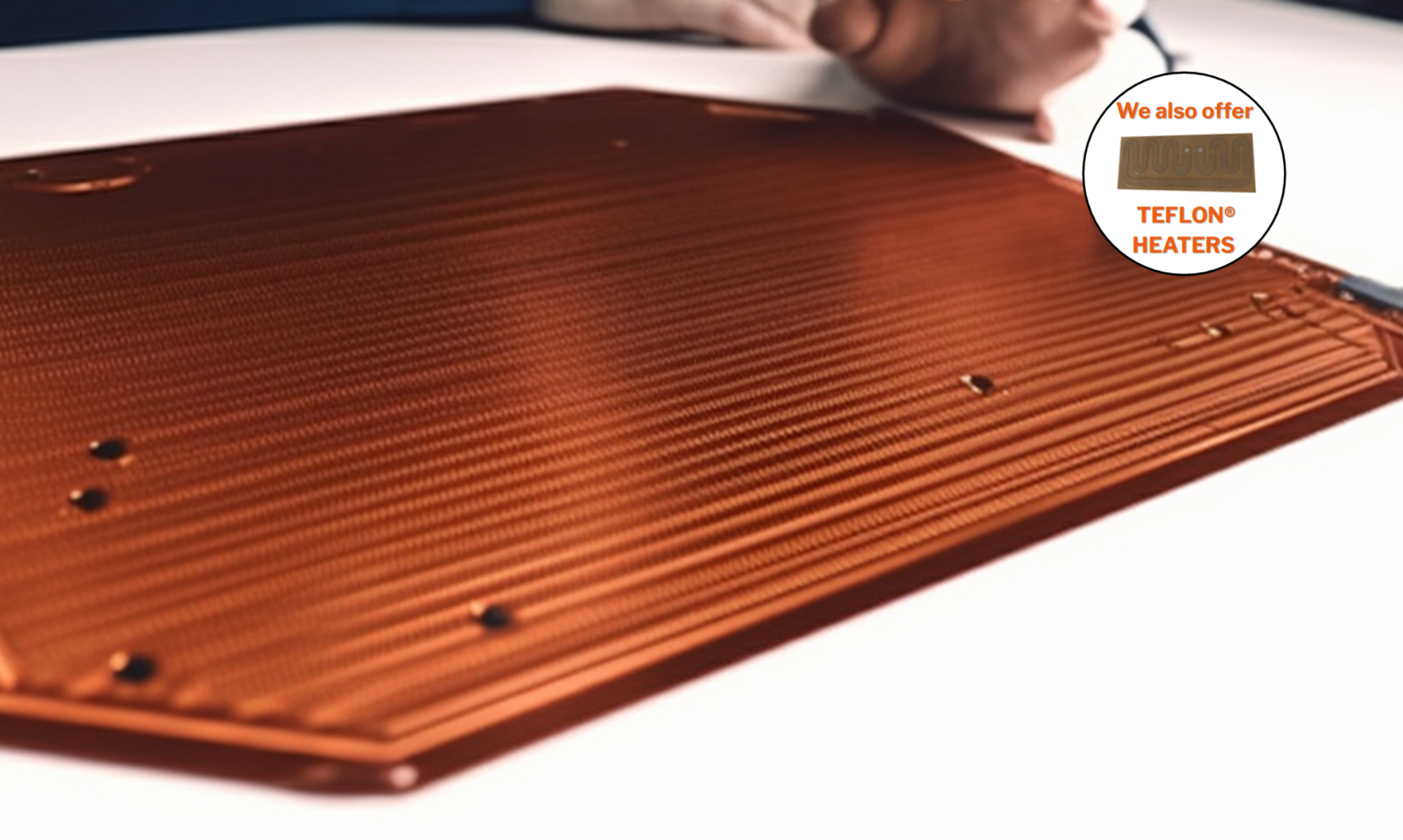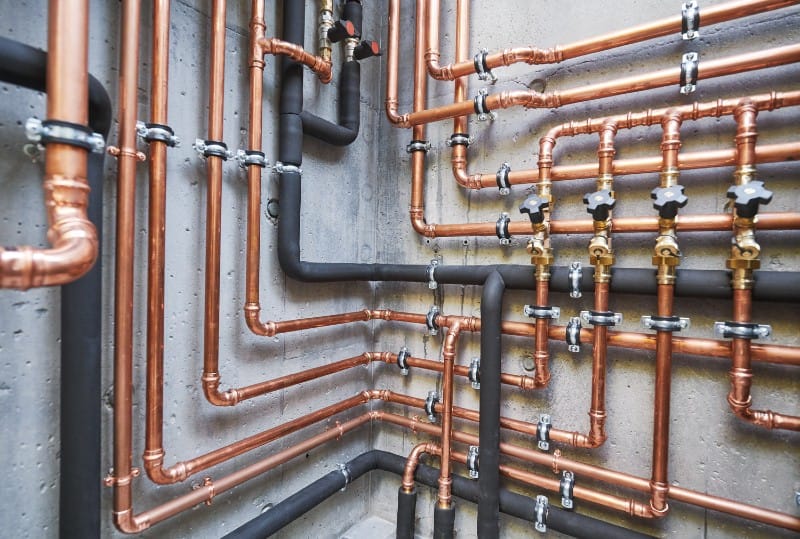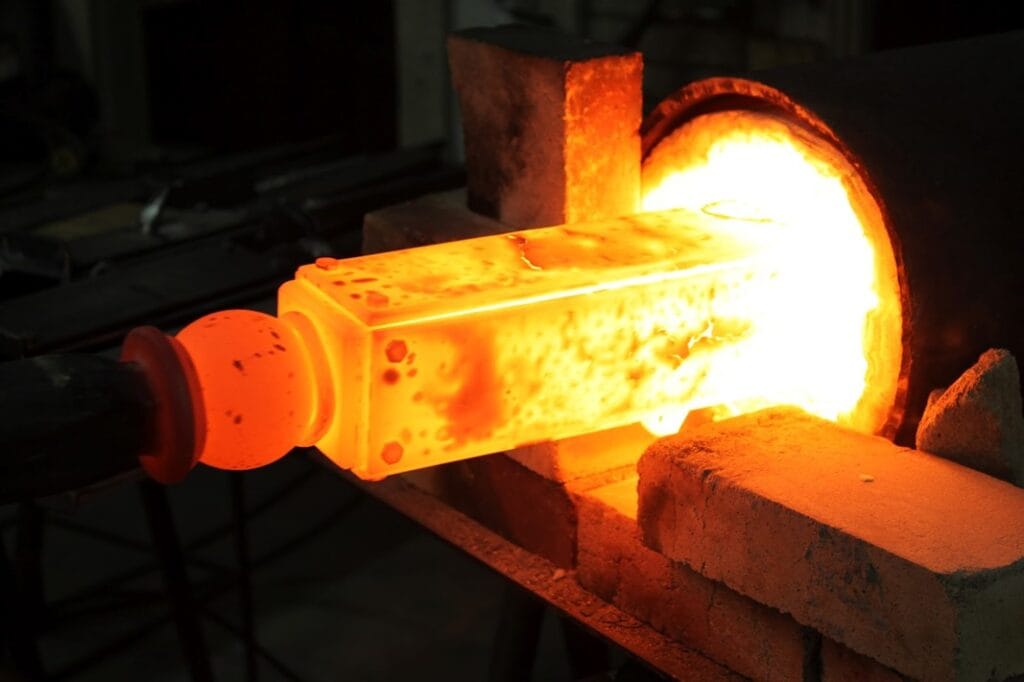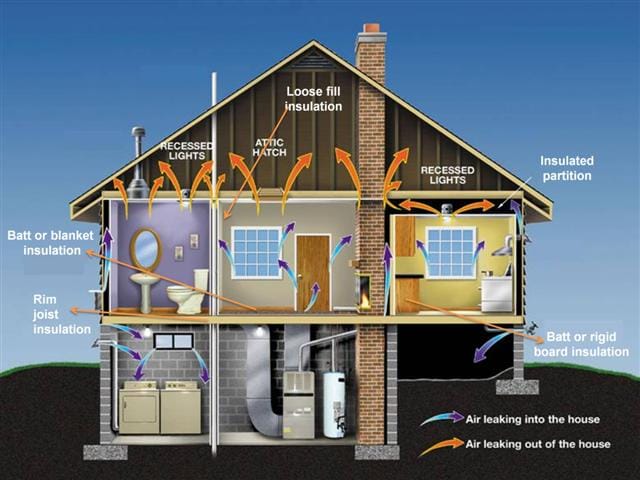We’ve all been there – it’s a sweltering summer day, and despite our best efforts to keep the heat at bay, we find ourselves sweating in our own homes.
If you’re like me, you can’t help but wonder what materials are letting us down when it comes to insulating against that oppressive heat.
It’s time to shed some light on the worst heat insulators so we can make smarter choices for our home improvements and energy efficiency.
By understanding which materials don’t quite cut it in terms of insulation, we can not only improve the comfort of our living spaces but also reduce those pesky energy bills.
As an energy efficiency expert with a passion for innovation, I am here to guide you through the world of thermal conductivity and reveal where your home might be losing its cool (literally).
Let’s dive into this scorching topic together!
Understanding Thermal Conductivity
Understanding thermal conductivity is crucial to grasping the concept of heat insulators and determining which materials fall under the category of ‘worst’ in this regard. As an energy efficiency expert, I can tell you that a material’s capacity to conduct heat directly relates to its thermal conductivity value. A higher value indicates better conduction (less insulation), while a lower value represents poor conduction (better insulation).
Thermal bridges are areas where there is increased heat transfer due to either differences in material or changes in geometry – essentially creating shortcuts for heat flow.
When discussing the worst heat insulators, it’s important not to be misled by common misconceptions about conductivity. For instance, many people assume metals such as aluminum or copper make poor insulators because they’re excellent conductors of electricity; however, these assumptions don’t always hold water when it comes to thermal conductivity. Some metals do indeed have high thermal conductivity values but others may surprise you with their relatively low values.
It’s essential that we stay informed on this topic so that we can make educated decisions regarding innovative solutions for our homes and businesses.
As we explore new materials and technologies aimed at improving energy efficiency, understanding how different materials perform as insulators becomes increasingly vital. In doing so, we will uncover novel ways to minimize unnecessary energy consumption through proper insulation techniques and harnessing the unique properties of specific materials.
The more knowledgeable we become about thermal conductivity and its impact on effective insulation practices, the better equipped we’ll be to implement cutting-edge innovations that contribute towards sustainable living standards for all.
Metals And Their Insulating Properties
Metals are good conductors of heat, meaning they transfer heat quickly. However, thermal conductivity can vary depending on the metal.
Aluminum, for example, has great heat retention, while copper and steel are typically poor insulators.
That’s why aluminum is so often used in insulation materials and applications, such as windows and doors.
Metals
You know how frustrating it is when you grab a hot pan without an oven mitt and immediately regret your decision? Well, that’s because metals are some of the worst heat insulators out there. They may be great for conducting electricity, but when it comes to keeping your hands cool or maintaining a comfortable temperature in your home, they’re not exactly ideal.
I can attest to the fact that metal alternatives and innovative insulating techniques have been developed to combat this problem. For instance, we now have composite materials and plastic-based products with low thermal conductivity, making excellent substitutes for traditional metals in various applications.
Additionally, insulation technologies such as reflective barriers and radiant barriers help reduce heat transfer by reflecting heat away from surfaces rather than absorbing it like metals do.
So next time you hear someone complaining about a scorching car door handle or chilly metal bench during winter months, remind them of these cutting-edge solutions available today! It’s truly amazing what advancements have been made in recent years to improve our daily lives while also promoting sustainable living practices – all thanks to those who dare to innovate in the realm of insulation technology.
Thermal Conductivity
Now, let’s dive into the heart of the matter – thermal conductivity. As an energy efficiency expert, I can tell you that this property plays a crucial role in how well different materials insulate against temperature fluctuations.
Simply put, it’s the measure of how quickly heat is transferred through a material due to differences in temperatures on its conductive surfaces. For metals, high thermal conductivity means they’re great at conducting heat but not so effective at keeping it from spreading or escaping.
You might be wondering what happens when we use these metals with poor insulation properties for constructing our homes and appliances? Well, that’s where innovative solutions come into play!
By incorporating composite materials with low thermal conductivity or adding reflective barriers to metallic structures, we can minimize unwanted heat transfer while still benefiting from metal’s other useful qualities like strength and durability.
So next time you encounter an overheated car door handle or a freezing cold metal bench during winter months, remember that there are groundbreaking alternatives available today which make our lives more comfortable and promote sustainable living practices.
It’s truly remarkable how far we’ve come in developing new technologies to tackle age-old challenges – all thanks to those who dare to innovate in the realm of insulation technology.
Glass: A Surprisingly Poor Insulator
 Source
Source
Believe it or not, glass is a surprisingly poor insulator. While it may be ubiquitous in modern architecture and design due to its aesthetic appeal, transparency, and versatility, the reality is that glass falls short when it comes to energy efficiency.
This has far-reaching implications for our environment as well as our wallets, with buildings contributing significantly to global carbon emissions and being responsible for a large portion of our energy bills.
Thankfully, there are numerous innovative glass alternatives available today that offer significant insulator improvements over traditional glass. For example, aerogel-infused windows can reduce heat loss by up to 50% compared to conventional double-glazed windows.
Additionally, smart window coatings have been developed that can dynamically adapt their properties depending on external conditions – reducing glare and solar heat gain during hot periods while allowing sunlight through during colder months. Vacuum-insulated panels (VIPs), another cutting-edge solution gaining traction in the industry, provide excellent thermal insulation capabilities by minimizing conduction and convection within the panel’s structure itself.
As we continue to push towards a more sustainable future, embracing these novel materials and technologies will play an essential role in reducing both environmental impact and energy expenses associated with heating and cooling our living spaces. By recognizing the shortcomings of traditional building materials like glass and seeking out advanced alternatives offering superior performance characteristics, we take important steps towards mitigating climate change while also creating healthier indoor environments where people thrive.
So next time you’re considering new construction or renovations at home or work – keep your eyes peeled for innovations in insulation technology; they could make all the difference!
Single-Pane Windows: The Enemy Of Energy Efficiency
Imagine living in a house with windows that allow cold drafts to seep through during winter, and sweltering heat waves to penetrate the interior during summer. This is the reality faced by homeowners who have single-pane windows installed in their homes.
These outdated window designs are notorious for being poor insulators of heat, resulting in increased energy consumption and higher utility bills. Single-pane windows may seem less expensive upfront; however, they lack the necessary layers needed to effectively regulate indoor temperatures throughout the year.
Many people often look for single pane alternatives that provide superior insulation while combating inefficiency on multiple fronts. One such option is double-glazed windows – which consist of two glass panes separated by a layer of air or gas (usually argon). This design significantly reduces heat transfer between indoors and outdoors, keeping your home comfortable even as outside temperatures fluctuate.
Another popular alternative is triple-glazed windows, featuring three panes of glass with two separate layers of air or gas in between each one. While more costly than double glazing, this advanced design provides exceptional thermal insulation capabilities and noise reduction benefits.
As we continue our collective journey towards embracing sustainable innovations for greener living spaces, it’s essential not only to focus on new construction but also revamp existing structures with efficient solutions like upgrading from single-pane windows.
By investing in improved window technology now available on the market – like double or triple-glazed options mentioned above -, you’ll contribute positively towards reducing global carbon emissions while saving money over time due to decreased heating and cooling demands at home.
It’s never been easier or more beneficial for both individuals and communities alike: together, let us strive towards creating eco-friendly environments where everyone thrives without compromising future generations’ needs!
Inadequate Insulation Materials
While single-pane windows are undeniably inefficient when it comes to conserving energy, they’re not the only culprits. Inadequate insulation materials can also wreak havoc on your home’s energy efficiency and lead to various issues.
Materials that have high thermal conductivity or low resistance to heat flow make for lousy insulators. Examples include metals such as aluminum, iron, copper, and steel. These conduct heat rapidly from one side of the material to another, making them ideal for applications requiring quick heat transfer – but a nightmare for conserving warmth within your living space during colder months.
Despite this fact, many older homes still utilize these types of materials in wall cavities or attic spaces due to outdated construction practices or limited knowledge about effective insulation alternatives.
The good news is that there are plenty of innovative options available today which can replace or supplement inadequate insulation materials already present within your home. For example, modern building techniques employ spray foam insulation that expands upon application – filling gaps and forming an air-tight seal around pipes, wires, and other obstacles with ease.
Another environmentally friendly option is cellulose insulation made from recycled paper products; it boasts impressive thermal performance while minimizing waste by repurposing discarded newspapers and cardboard boxes!
Homeowners seeking even more cutting-edge solutions might explore phase change material (PCM) technology – substances capable of absorbing excess internal heat during warm periods before releasing it back into the environment once temperatures drop again at night time.
Ultimately, investing in new-age insulation technologies will not only save you money on heating and cooling bills over time but also contribute significantly towards creating a more sustainable future for our planet.
Tips For Choosing Better Insulating Materials
Walking into a cozy, warm room on a cold winter’s day – that feeling of comfort and satisfaction that envelops you is largely due to effective insulation. Good insulation not only keeps your home at a comfortable temperature but also helps save energy and reduce costs.
While it’s important to steer clear from poor insulators like metal, glass, or water, there are numerous innovative and eco-friendly options available in today’s market.
One great way to choose better insulating materials is by exploring insulation alternatives such as sheep wool, cellulose, aerogel, or hempcrete. Sheep wool is natural, biodegradable, and has excellent thermal properties that make it perfect for green-focused homeowners.
Cellulose insulation consists mainly of recycled newspapers treated with fire-resistant chemicals; this environmentally friendly option offers good sound absorption and strong resistance against heat transfer.
Aerogel provides outstanding performance when it comes to both heat and sound isolation while being lightweight and easy to install. Hempcrete combines industrial hemp fibers with lime and offers exceptional thermal mass which can help regulate indoor temperatures throughout the year.
I encourage you to consider these alternative solutions when choosing insulating materials for your home or office space. By opting for eco-friendly options like sheep wool or cellulose instead of traditional fiberglass or mineral wool products, you’ll be contributing positively to our planet without sacrificing effectiveness.
Not only will your family enjoy a more comfortable living environment all year round, but you could also potentially see significant savings on your energy bills over time – now that’s something worth investing in!
Conclusion
In conclusion, it’s essential to understand the materials that make poor insulators to choose better energy efficiency options. Metals and single-pane windows are among the worst heat insulators, while glass can be surprisingly inefficient as well.
By doing so, you will save money on heating and cooling costs and contribute towards a more sustainable future.






